Forums
Martlet
Post a reply
- Go to Previous topic
- Go to Next topic
- Go to Welcome
- Go to Introduce Yourself
- Go to General Discussion
- Go to Screenshots, Images and Videos
- Go to Off topic
- Go to Works in Progress
- Go to Skinning Tips / Tutorials
- Go to Skin Requests
- Go to IJAAF Library
- Go to Luftwaffe Library
- Go to RAF Library
- Go to USAAF / USN Library
- Go to Misc Library
- Go to The Ops Room
- Go to Made in Germany
- Go to Campaigns and Missions
- Go to Works in Progress
- Go to Juri's Air-Raid Shelter
- Go to Campaigns and Missions
- Go to Works in Progress
- Go to Skinpacks
- Go to External Projects Discussion
- Go to Books & Resources
-
8 years agoMon Sep 22 2025, 03:22pmDuggy
 Main AdminMARTLET I,II,III
Main AdminMARTLET I,II,III
As the F4F-3 emerged, it was a stubby, barrel-like aircraft, with mid-mounted square-tipped wings and a sliding frame-style canopy. There was also a small window on each side of the floor of the cockpit to give a pilot better downward visibility -- though in practice, the belly windows proved nearly useless. Cockpit armor was added after the first few production aircraft. An inflatable life raft was carried in the fuselage behind the cockpit and could be ejected on ditching, but it was later deleted in favor of a raft in the pilot's survival pack. Inflatable flotation bags were fitted under the wings for ditching at sea, but after the bags spontaneously inflated in flight a few times, leading to crashes, they were abandoned. Electronics included a radio and, at least eventually, a radio direction finder and an identification friend or foe (IFF) unit.
Two 12.7-millimeter M2 Browning machine guns were mounted on each wing, for a total of four guns. The guns were mounted inboard, close together on each wing, with the inner gun staggered forward slightly. Ammunition capacity was 450 rounds per gun. The first two production machines had twin 7.62-millimeter Brownings in the engine cowling and a single 12.7-millimeter M2 Browning in each wing as per the prototypes, but that armament was seen as too light, and no full production Wildcat had cowling guns. The Browning guns would prove prone to jamming when the Wildcat finally found itself in combat, even though such problems hadn't been observed during trials. As it turned out, the trials hadn't been conducted with full ammunition loads, and when a full supply of ammunition was provided the ammo belts would shift around in their ammo cases during combat maneuvers, leading to jams. Spacers were quickly fabricated and inserted into the ammo cases, solving the problem.
Early production aircraft had a 1930s telescopic-style gunsight, but in 1941 production shifted to a deflection-type sight. An armor glass windscreen and self-sealing fuel tanks were also added later. The self-sealing tanks led to some problems early on, since they could shed particles of their lining, leading to clogged fuel lines and aircraft losses. There was a stores rack under each outer wing for a 45-kilogram (100-pound) bomb.
Early production aircraft used a P&W R-1830-76 Twin Wasp with a two-stage supercharger, while later production used the R-1830-86 Twin Wasp, which was much the same but had some modifications to improve reliability. Fit of the later engine variant was accompanied by a modified cowling, which eliminated an air scoop in the upper lip, and replaced one wide cowling flap on the upper rear of each side of the cowling with a set of three flaps near the top and a single flap near the bottom -- in sum, replacing two flaps with eight. The Twin Wasp engine drove a three-blade variable-pitch Curtiss Electric propeller. Engine cooling problems during evaluation led to the fit of "cuffs" at the base of the propeller blades to increase airflow to the engine, with production aircraft retaining the cuffs.
The square-tipped wings were fixed and could not be folded. The flight surface arrangement was conventional, with ailerons outboard on each wing, a one-piece wide-span flap under each inner wing, and a tail assembly with elevators and rudder. The main landing gear retracted into the fuselage, and a stinger-type arresting hook extended backward from the tail. The landing gear was manually retracted, with the pilot turning a crank 29 times to tuck the gear into the fuselage. As a result, Wildcats tended to wobble on take-off, since it was hard for a pilot to keep a steady grip on the stick with one hand while spinning the crank with the other.
Pilots were not enthusiastic about the manual landing gear. It was not only laborious -- but if a pilot's hand slipped off the crank it would spin around wildly, possibly injuring the pilot's wrist in the process. The narrow "roller skate" track of the main landing gear was also a problem. It generally didn't cause too much trouble on carrier landings since the arresting cable caught the aircraft before it could wander far, but ground looping was common when landing on airstrips. Pilots were also not happy with the cramped cockpit, which provided poor visibility, and were very unhappy at the lack of a simple mechanism for discarding the canopy so they could get out in a hurry when things got difficult. However, the F4F-3 was rugged and had good performance. The USN liked the F4F-3, ultimately buying a total of 285.
* The subject of Wildcat variants is confusing, since most Wildcat models looked much alike and the changes followed an odd pattern. Even before the Wildcat had reached formal US Navy service, both the French Navy and the British Royal Navy's Fleet Air Arm (FAA) had ordered the Wildcat, specifying their own unique configurations:
The French variant was the Grumman "G-36A", to be fitted with the Wright R-1820-G205A Cyclone 9-cylinder single-row radial engine with 750 kW (1,000 HP), driving an uncuffed Hamilton Standard propeller. The G-36A was fitted with a shortened cowling, with an inlet in the upper lip but no flaps in the rear. It was to have fixed wings and six 7.5-millimeter Darne machine guns, with two in the nose cowling and two in each wings. The guns and other French kit, such as radio and gunsight, were to be installed after delivery. The French ordered 81, plus 10 complete sets of spares.
The British variant was the "G-36B", with an S3C4-G Twin Wasp engine and an uncuffed Hamilton Standard propeller. The cowling had a single wide flap in the rear on each side, but no air scoop in the upper inlet. The FAA was to receive 100.
That was the plan, but wasn't exactly how things turned out. Trials of the French G-36A began on 11 May 1940, but France fell to the Nazis that month and the French never saw these machines. The British took over the order and the machines were delivered to the FAA beginning in late July 1940 under the designation of "Martlet Mark I". The ten spares sets were actually provided as finished aircraft; ten of the Martlet Is were lost when the freighter carrying them was torpedoed, and so the FAA received a total of 81. They were delivered with four 12.7-millimeter Browning guns in the wings.
The FAA had originally expected to obtain their G-36Bs with fixed wings, but Grumman was working on a wing-folding scheme at the time, which would allow a carrier to handle a substantially larger complement of aircraft. The British amended the contract to specify the folding wings, but the first ten of the order had already been built with fixed wings, arriving in the UK beginning in April 1941. Deliveries of the folding-wing G-36Bs began in August, with 36 shipped to Britain and 54 shipped to the Far East; they were designated "Martlet Mark II", with the ten fixed-wing aircraft then designated "Martlet Mark III".
The ten Martlet IIIs were apparently later refitted with folding wings; it is unclear if they were then redesignated Martlet Mark IIs. They are informally referred to here with the designation "Martlet III(A)" for convenience, since there would be another set of machines with a different configuration that were also known as Martlet IIIs. Nobody actually used the "(A)" suffix in practice, however.
In the meantime, the Navy was concerned with engine development, worrying that the P&W R-1830-76 engine with a two-stage supercharger might run into development problems. Grumman built two "XF4F-5" test prototypes with the Wright R-1820-40 Cyclone radial as something of an "insurance policy"; the Navy also took out another "insurance policy" by ordering one more test prototype, the "XF4F-6", powered by a P&W R-1830-90 Twin Wasp with a single-stage two-speed supercharger. All three of these prototypes were evaluated in late 1940. Not surprisingly, the XF4F-6 suffered a loss of power at higher altitudes, but the Navy still ordered 95 of them under the designation of "F4F-3A". Except for the engine, the F4F-3A was effectively identical to the early production F4F-3, using the cowling with the air scoop and twin cowling flaps, and the cuffed Curtiss Electric propeller.
30 F4F-3As were to be provided to the Greeks and were being shipped when the Nazis overran Greece. They were taken over by the British in Gibraltar, to also be given the designation of "Martlet Mark III". They are informally referred to here as "Martlet Mark III(B)" to distinguish them from the fixed-wing G-36B Martlet Mark III(A) machines.
In summary, the tangle of deliveries of early mark Martlets ran like this:
Martlet I: Originally G-36As for France, with fixed wings and Wright Cyclone engine, 81 delivered to the FAA not counting ten lost en route.
Martlet II: Folding-wing G-36Bs with Twin Wasp engine, 90 delivered to the FAA.
Martlet III: Ten fixed-wing G-36Bs or Martlet III(A)s for the FAA, plus 30 fixed-wing F4F-3As or Martlet III(B)s for Greece that were diverted to Britain.
The FAA would become an enthusiastic user of the Wildcat, with the type ultimately equipping a total of eleven squadrons.
MARTLET IV
The folding wing used on the Martlet II had been in the works since March 1940, when the US Navy awarded Grumman a contract to modify the last production F4F-3 with folding wings. Designing the wings so they folded straight up would have been relatively straightforward, but that made demands on the height of carrier hanger decks, and so Grumman came up with an ingenious scheme in which the wings were folded back along the fuselage. The "span" of the folded wings was only 4.37 meters (14 feet 4 inches).
The modified Wildcat, designated the "XF4F-4", performed its first flight on 14 April 1941, and was handed over to the Navy in May. It proved overweight, partly because it was fitted with a relatively cumbersome hydraulic wing-folding scheme. Grumman proposed a manual wing-folding scheme to cut weight, and the Navy authorized production of the variant with this feature as the "F4F-4", which reached line service after the Battle of the Coral Sea in May 1942.
The wing-folding mechanism was actuated by a crank inserted into a socket and turned by the deck crew team chief, with the rest of the team helping the wings along to folded position. Once folded, struts were attached between the wingtips and the tailplane to keep the wings in place. The F4F-4 also featured improvements as dictated by British combat experience, such as more armor and self-sealing tanks.
As per British requirements, it was fitted with six 12.7-millimeter M2 Browning machine guns in the wings. Somewhat surprisingly, the increased armament was not popular with US Navy and Marine fliers, since the ammunition load was only 240 rounds per gun, resulting in a total ammunition load 360 rounds less than that of the F4F-3, which many felt was a bad trade. The two outboard guns could be fired separately from the four inboard guns, and many pilots would only use the four inboard guns, retaining the outboard guns as an emergency reserve.
Other changes included a modified pitot tube, moved from the leading edge of the wing to an L-style mount under the wing, and a simplified windscreen that eliminated a brace. The cowling was much like that of late production F4F-3s, with the eight rear cowling flaps, but an airscoop for the carburetor intake was mounted on the upper lip of the cowling.
Once in service, some ingenious mechanics improvised a mount on the centerline for a 159-liter (45 US gallon) external tank; a Grumman engineer named Carl Anderson came up with a better scheme, in which a 220-liter (58 US gallon) external tank was carried inboard on each wing on a somewhat cluttered bracket arrangement. The external tank scheme raised the weight of the aircraft, but the stretched range made it worthwhile. Anderson's scheme was incorporated into Wildcat production, and upgrade kits were provided for Wildcats already in service.
The USN obtained 1,169 F4F-4s. The FAA obtained 220 "Martlet IVs" that were based on the F4F-4 but had substantial differences, most particularly the fit of a Wright R-1820-40B Cyclone in a distinctly more rounded and compact cowling, with a single double-wide flap on each side of the rear and no lip intake. These machines were also referred to as "F4F-4Bs" for contractual purposes. At least one Martlet IV was modified by Blackburn Aircraft with six launch rails for "60-pounder" rockets, but the fit was not adopted operationally -- likely because the cluttered launch rails cut into performance too much.
The Wildcat was in combat with the Axis well before America entered World War II. Two FAA Martlet Is claimed "first blood" with the type on 25 December 1940 with the reported destruction of a German Junkers Ju 88 fast bomber. The Ju 88 had been on a reconnaissance mission over the Royal Navy base at Scapa Flow, in the Orkney Islands in the North Sea.
The FAA took the Martlet on a combat carrier cruise for the first time in July 1941 on the HMS AUDACITY, to be followed by deployment on the HMS ARGUS in August 1941. Both the AUDACITY and the ARGUS were light "escort" carriers, to which the compact Martlet / Wildcat was ideally suited. The Martlets soon found themselves in combat with the German Focke-Wulf Fw 200 Kondor long-range anti-shipping bomber, claiming the destruction of one in September 1941. The AUDACITY was torpedoed and went to the bottom in December 1941, taking its Martlets with it.
In the meantime, the fixed-wing Martlet III(B)s that the British had taken over from the Greeks were fighting in North Africa from land bases. They were given a appropriate color scheme, unique among Wildcats, of light blue underneath and desert sand on top, in contrast to the general color scheme of maritime Martlets, consisting of two-tone gray on top and light blue on the bottom. Carrier-borne Martlets kept busy, protecting convoys across the Atlantic and to Murmansk in the Soviet north, and providing teeth for Royal Navy strike forces in the Atlantic and the Far East. In the spring of 1942, FAA Martlets supported the occupation of Madagascar under Operation IRONCLAD; and late in the year they also supported the American invasion of North Africa under Operation TORCH, flying in American markings to prevent "friendly fire" losses.
In February 1945, FAA Wildcats flying off the HMS VINDEX in support of a Murmansk convoy shot down three Ju 88s, and on 25 March 1945 Wildcats of FAA Squadron Number 882 got into a tangle with German Bf 109Gs off of Norway and shot down four of them. This was said to have been the last air-to-air combat of FAA Wildcats.
As usual right click & save as for details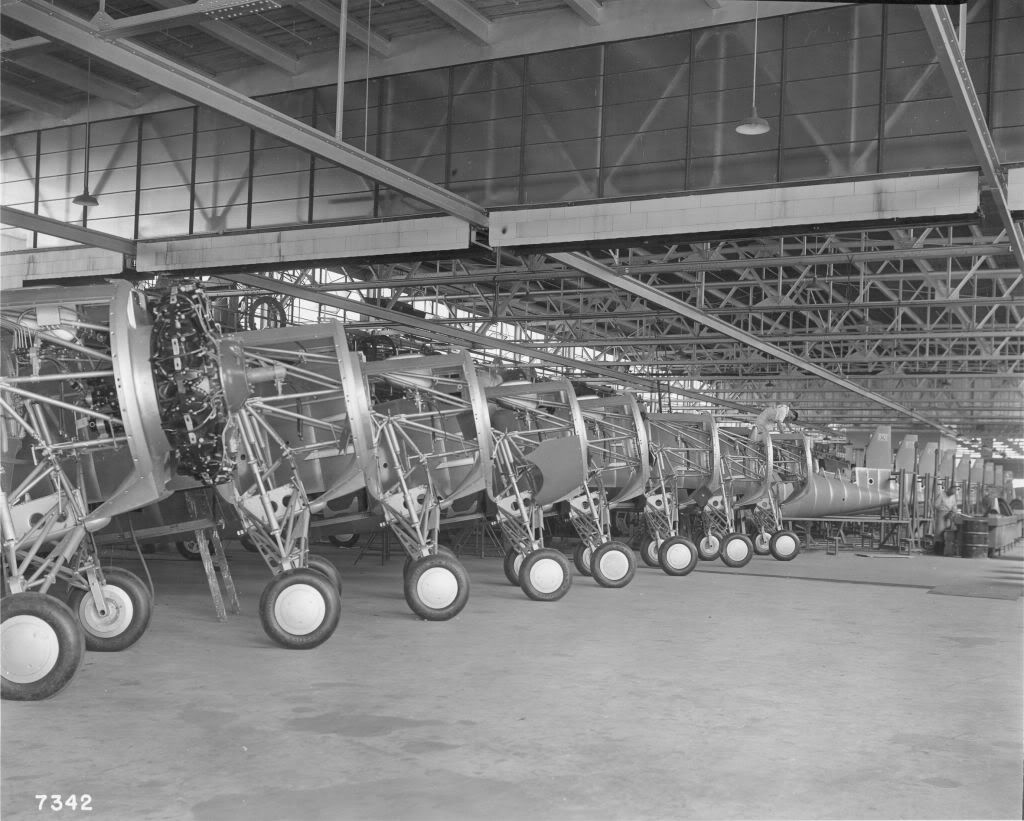
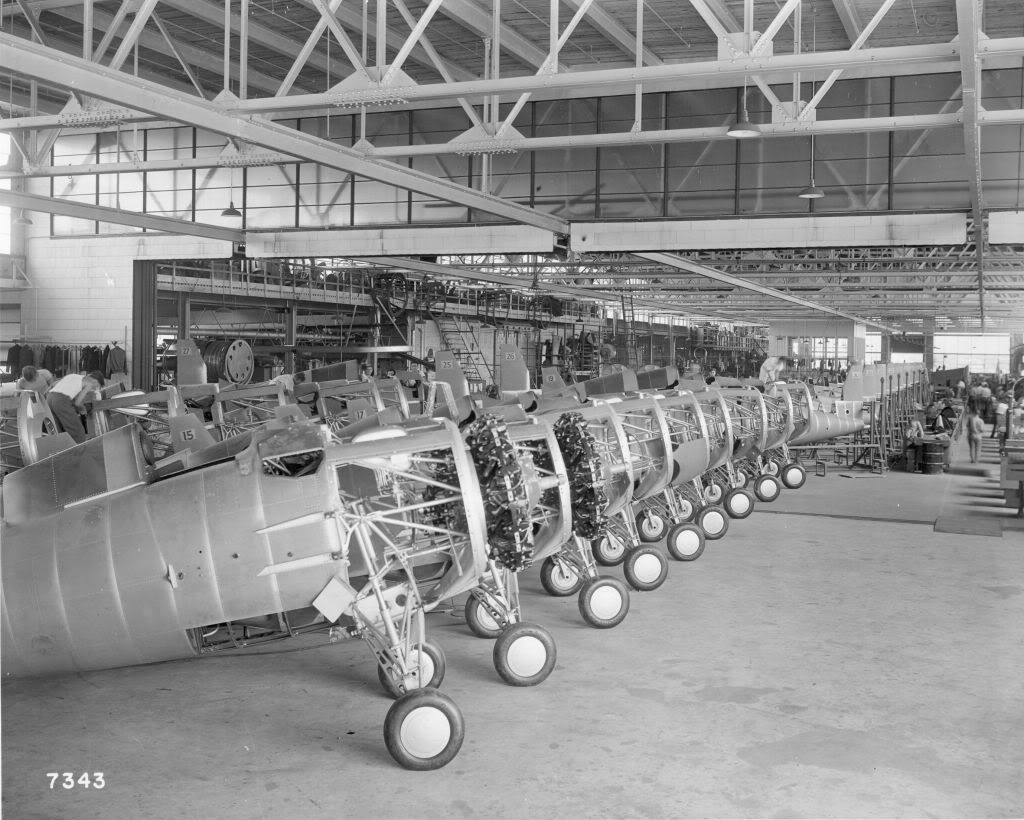
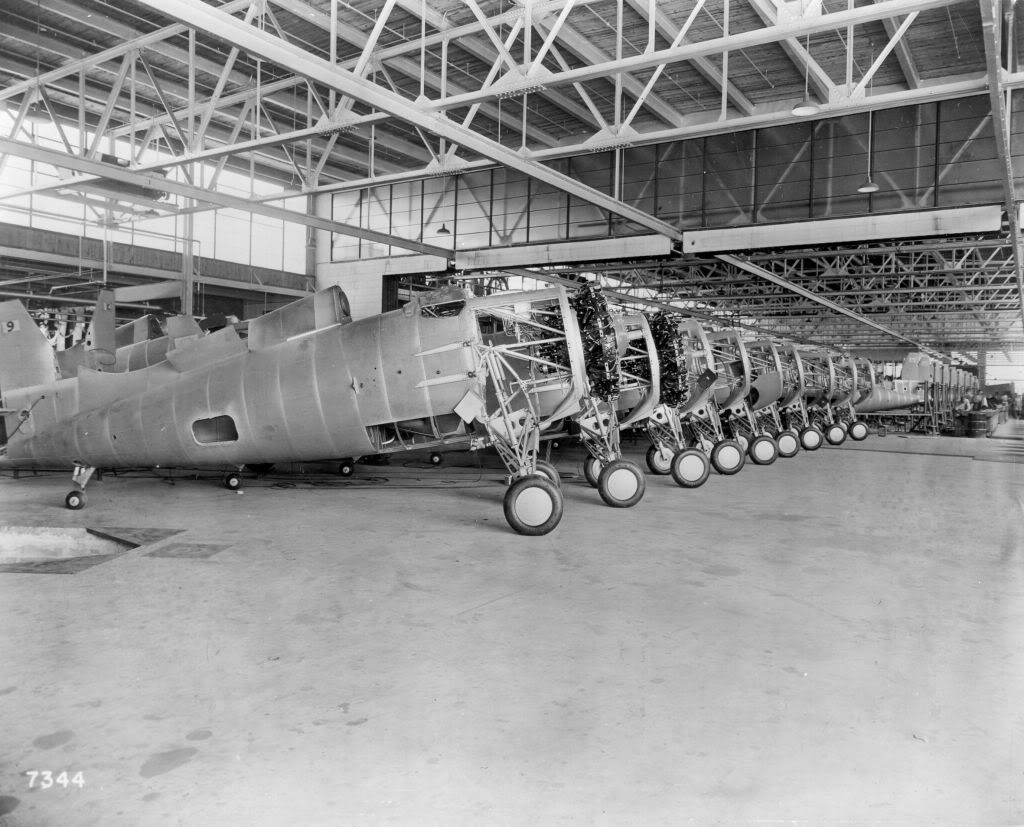

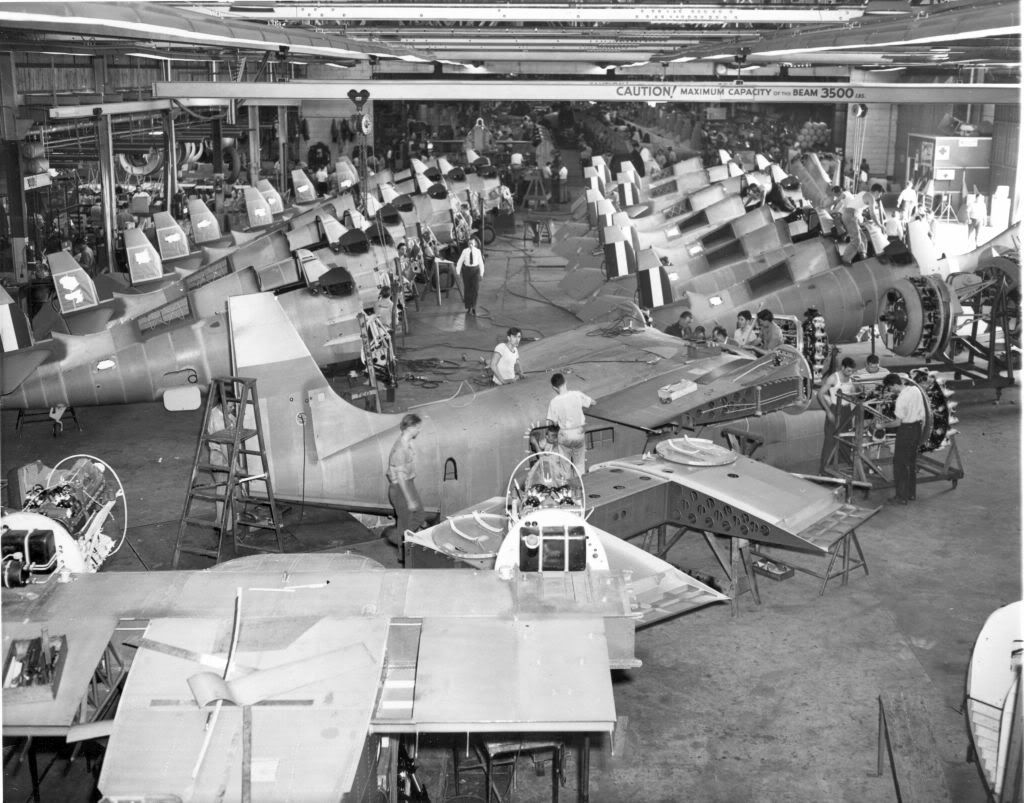
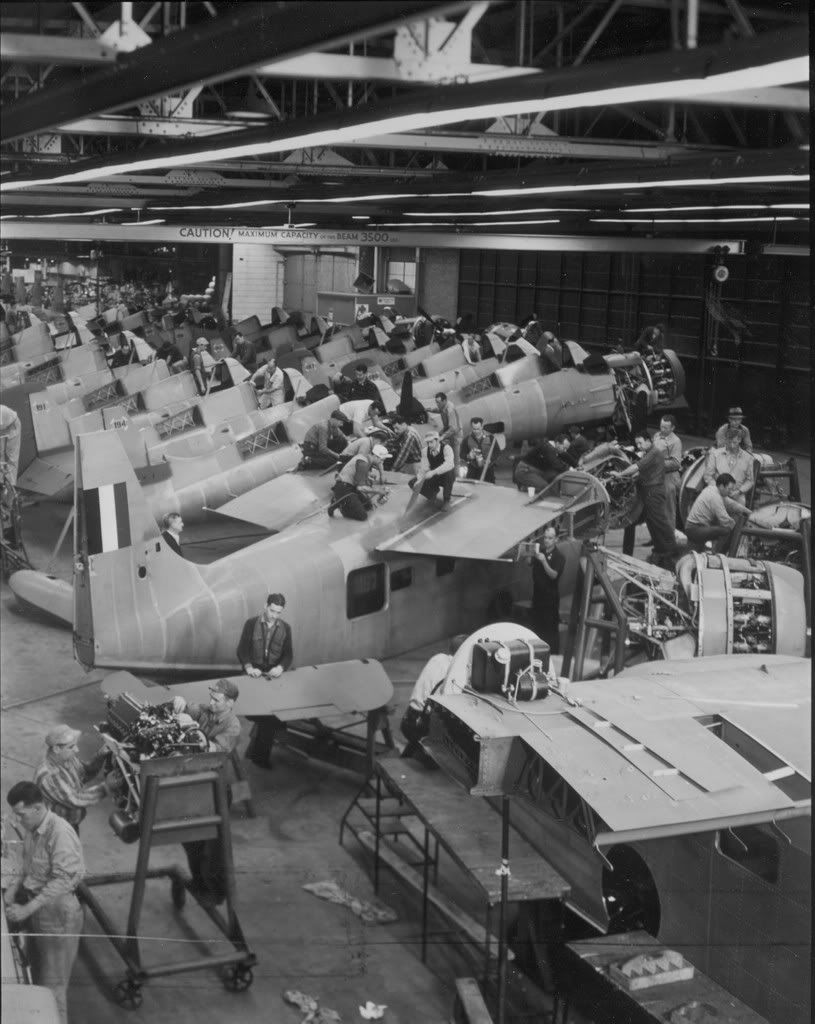
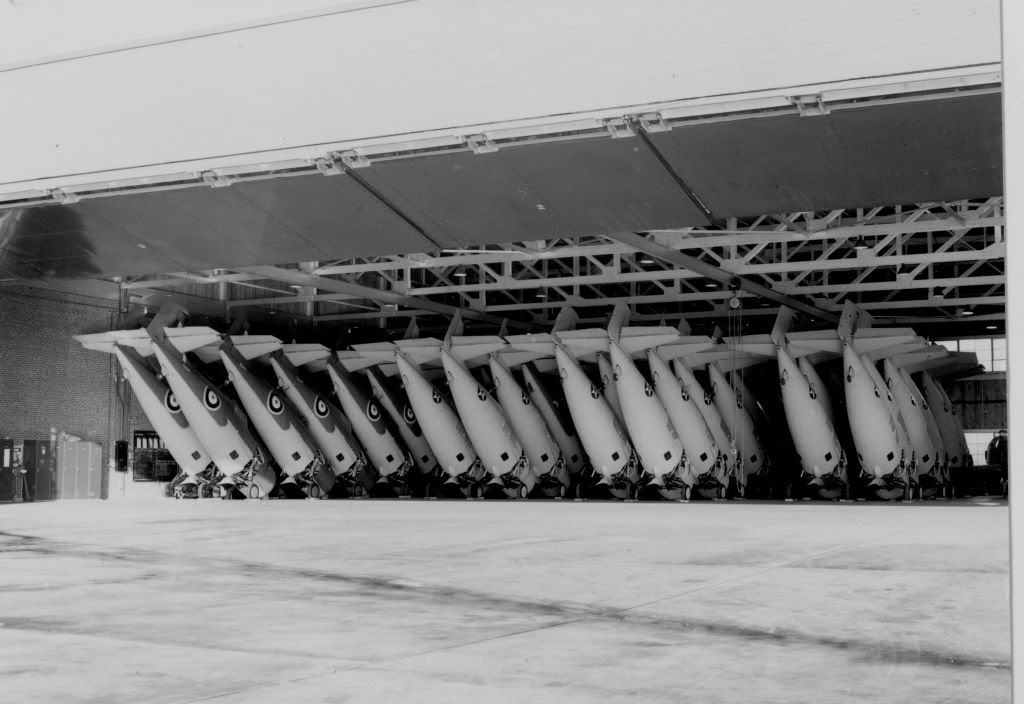
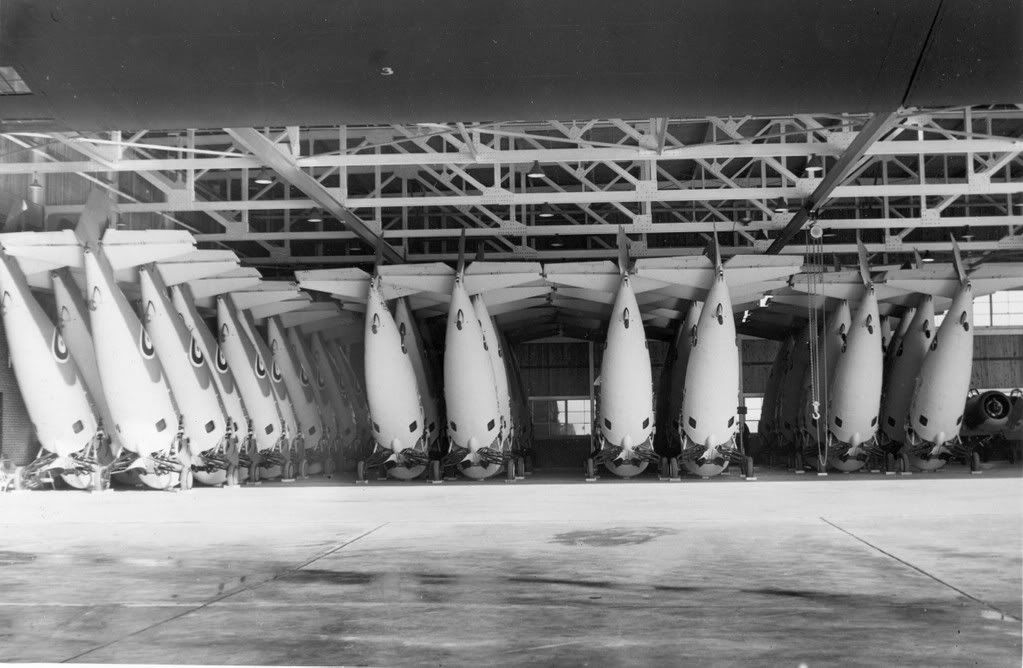


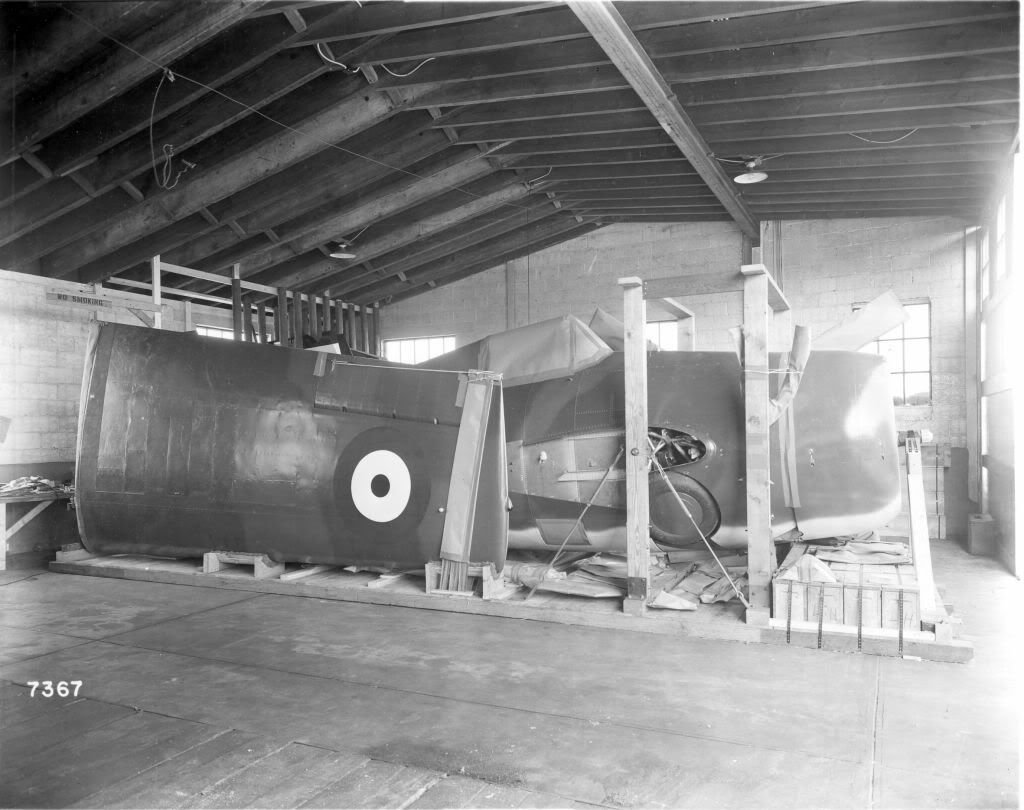
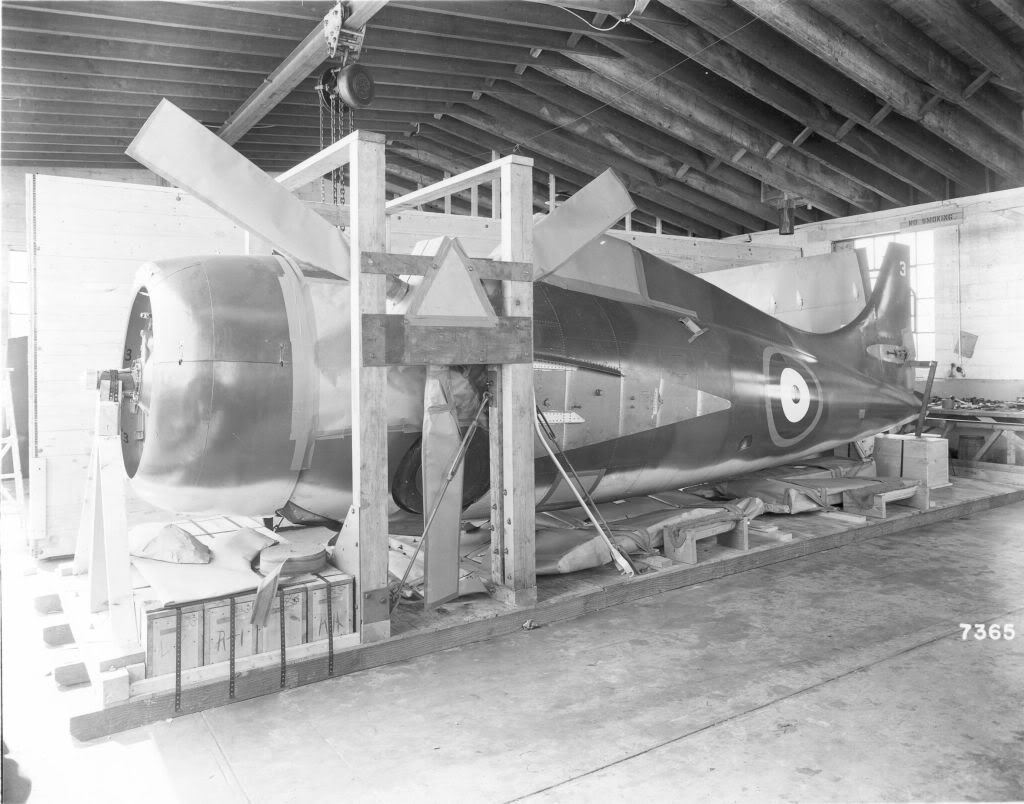
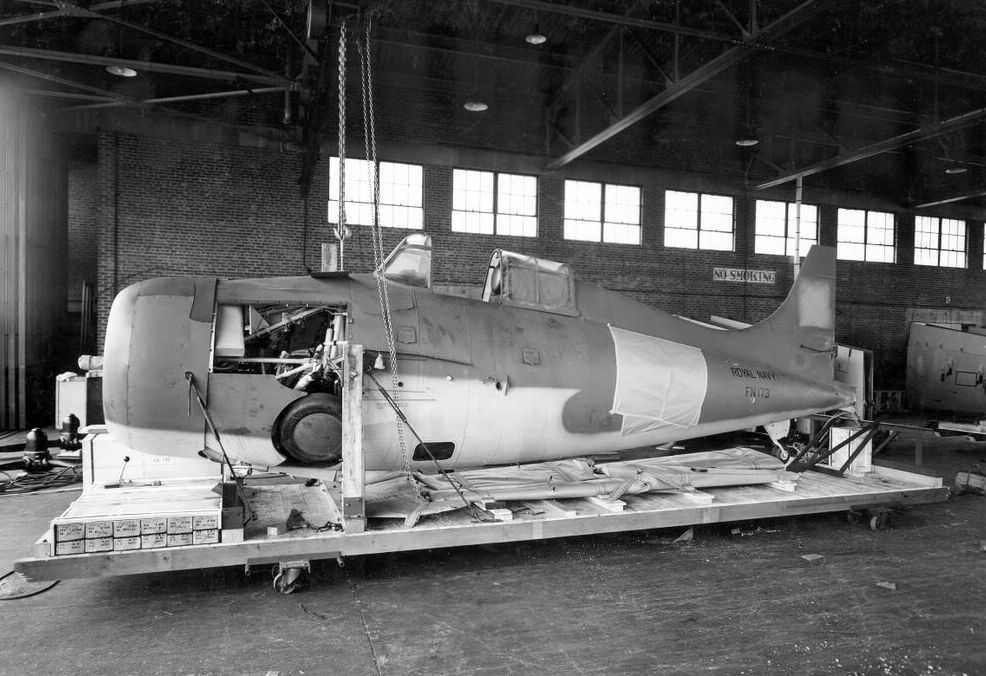
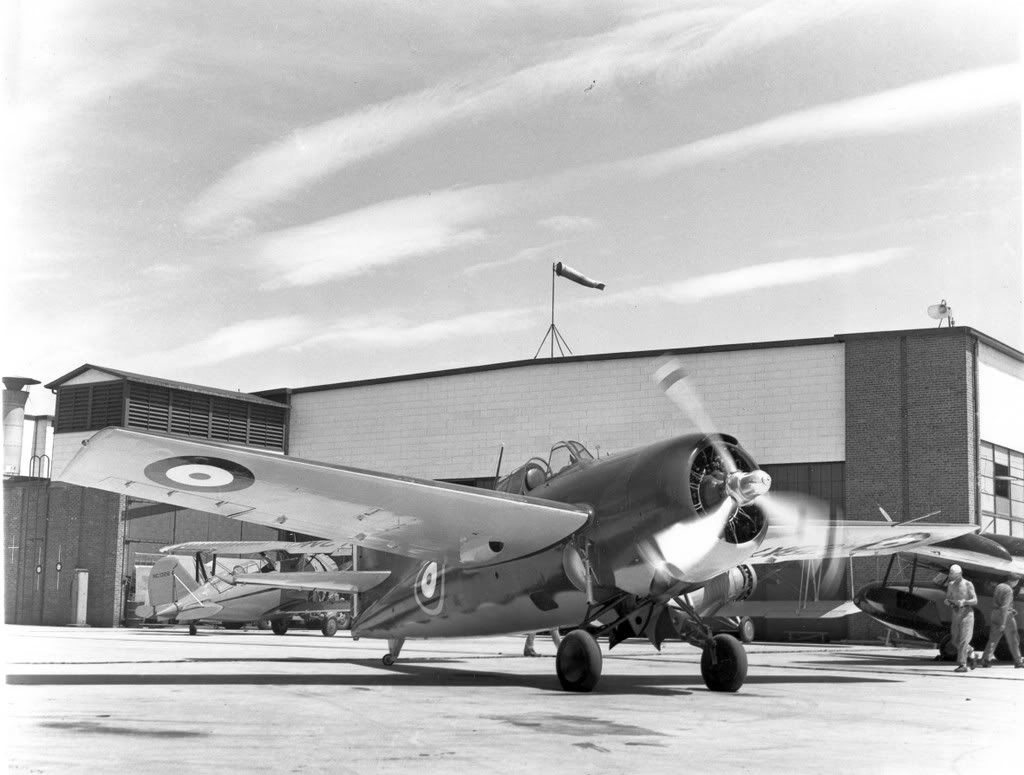
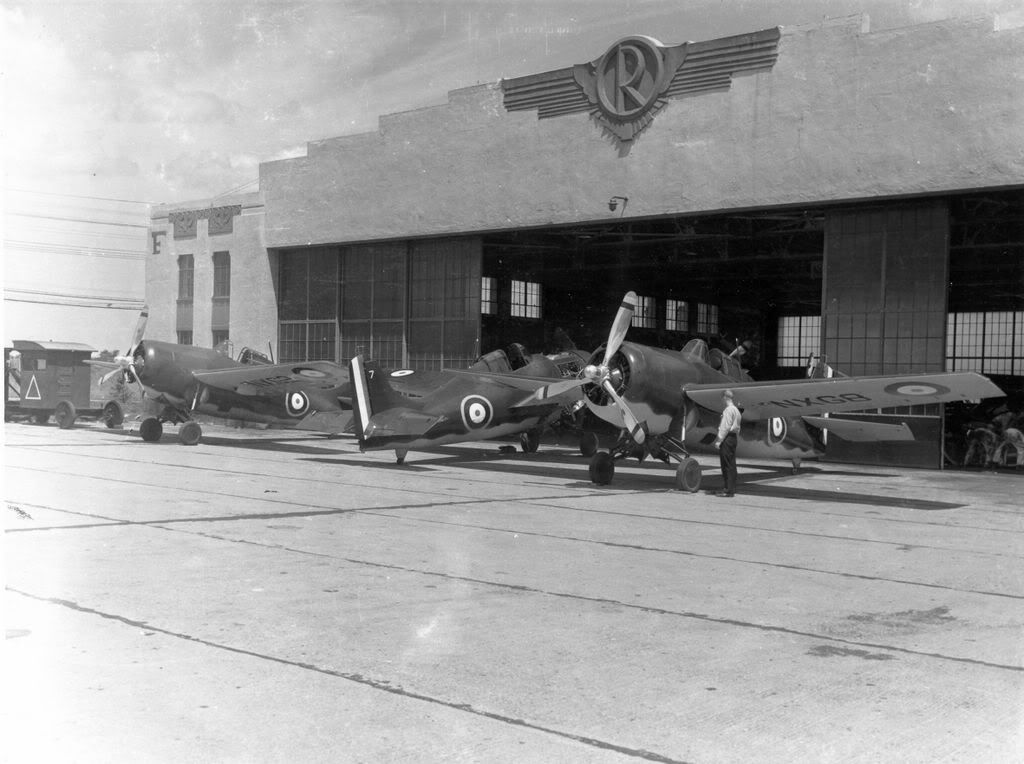


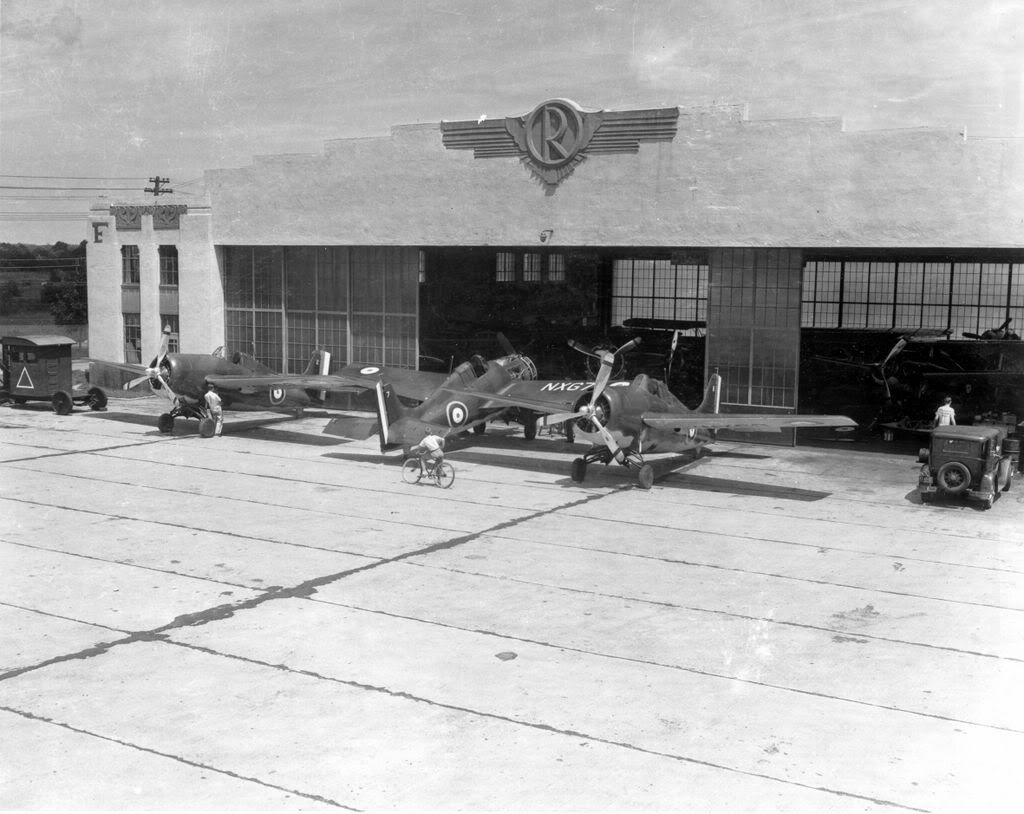

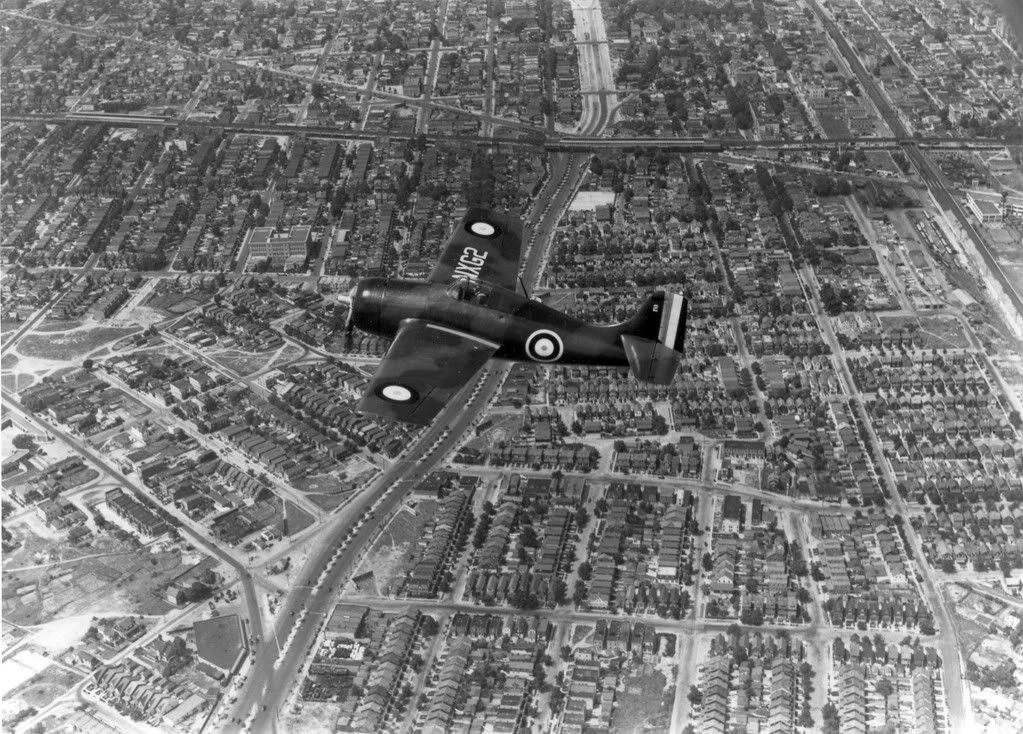
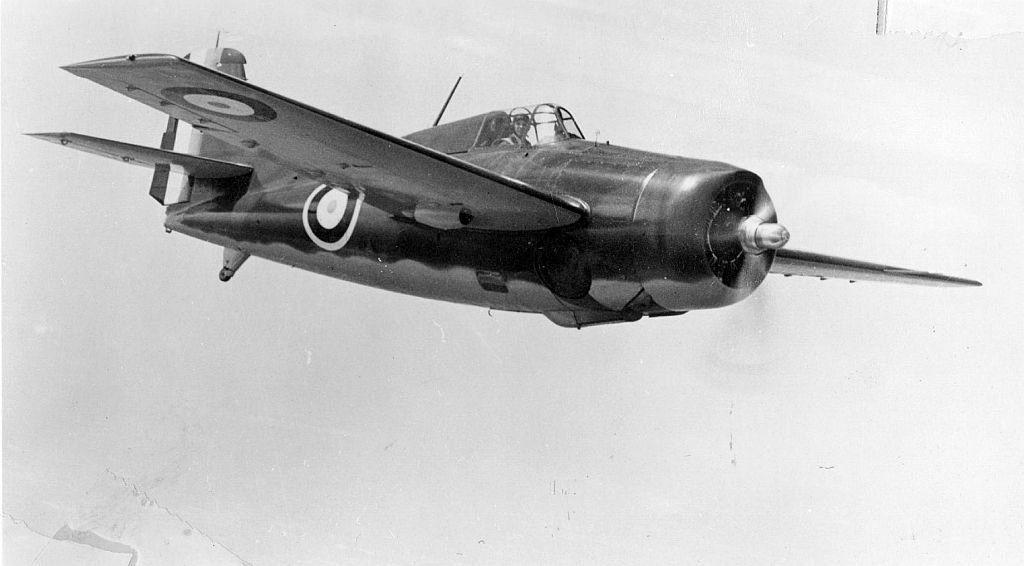

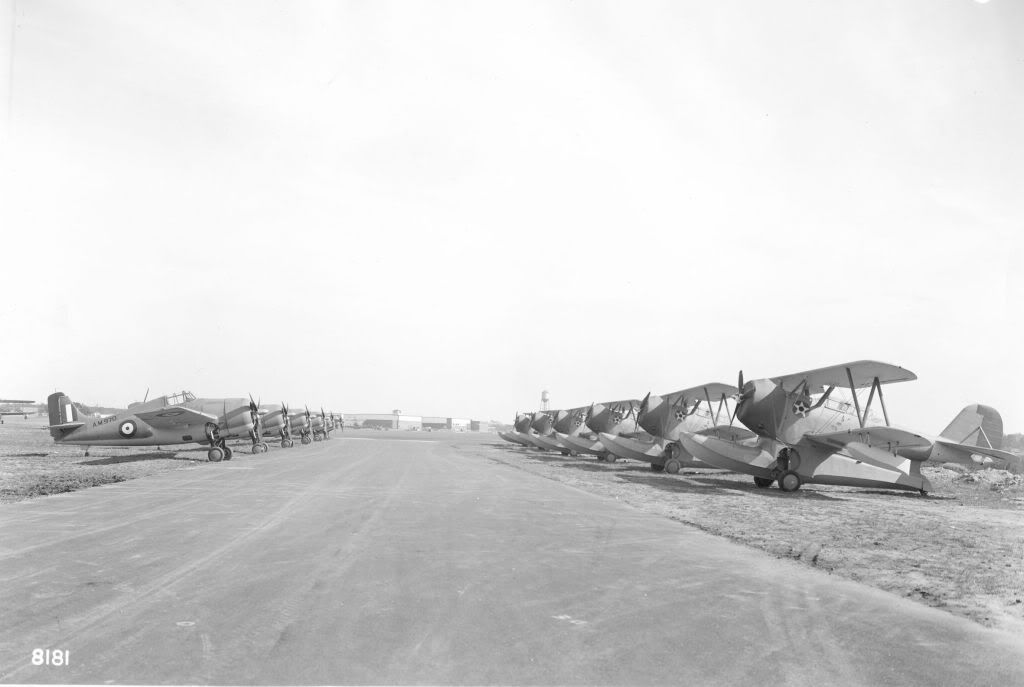
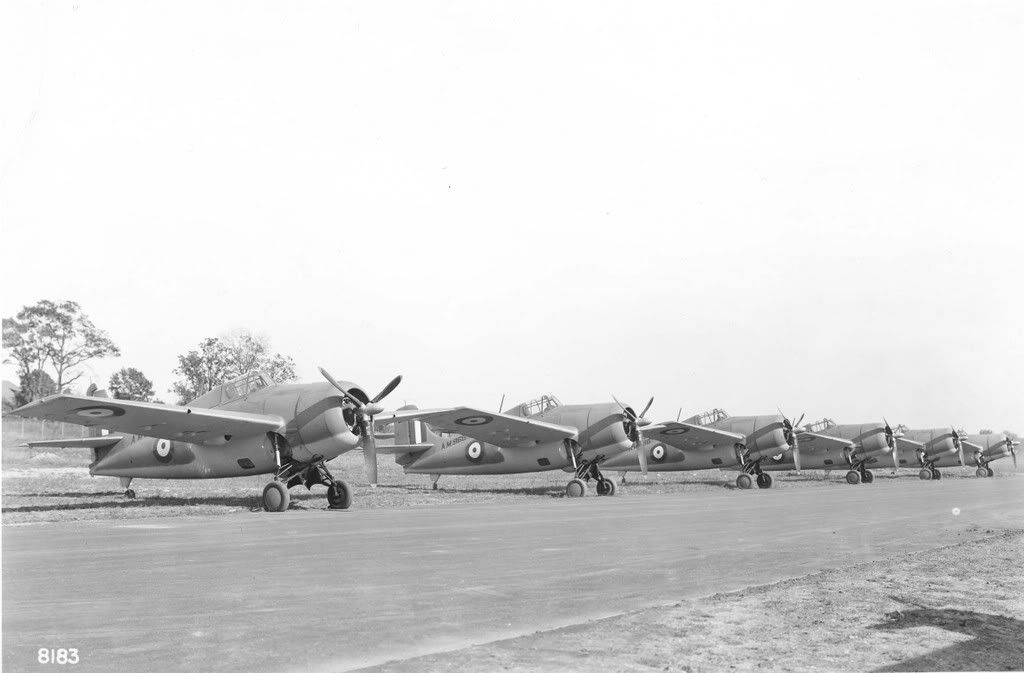
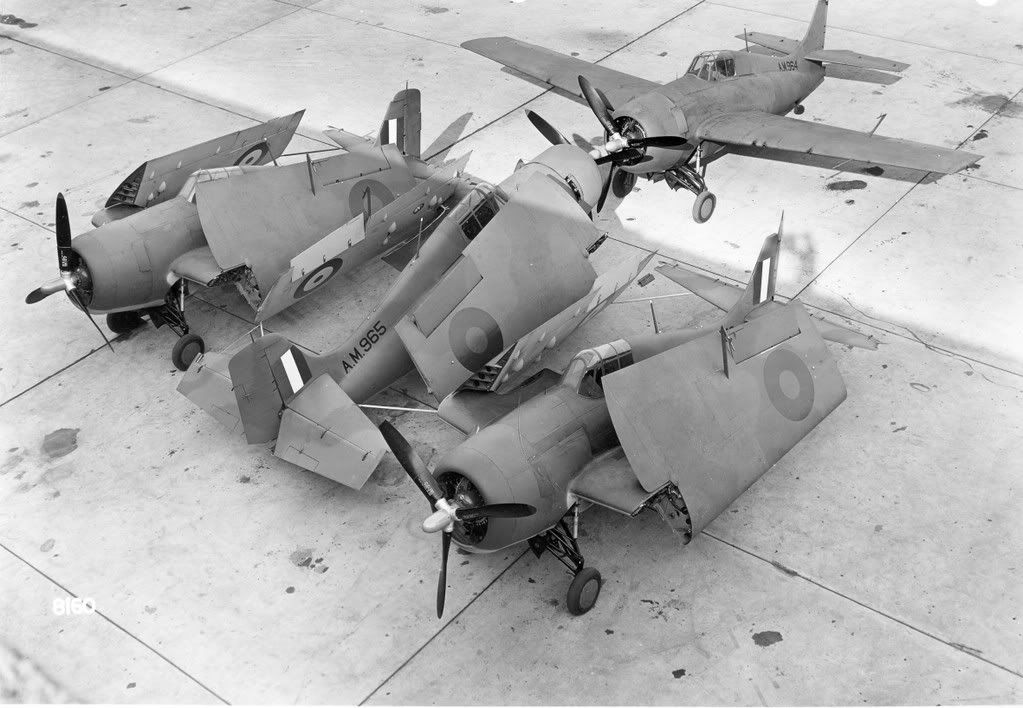
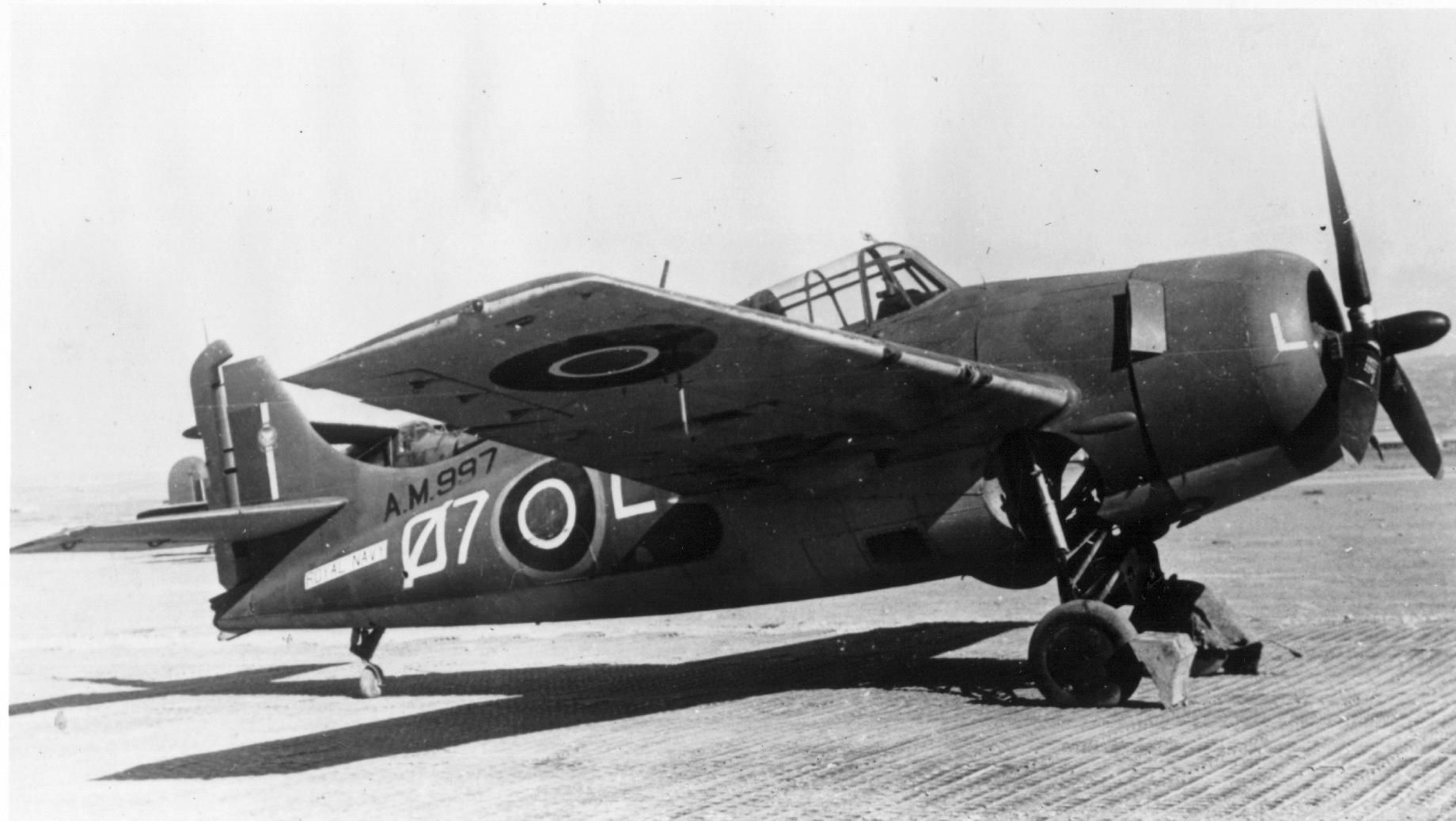
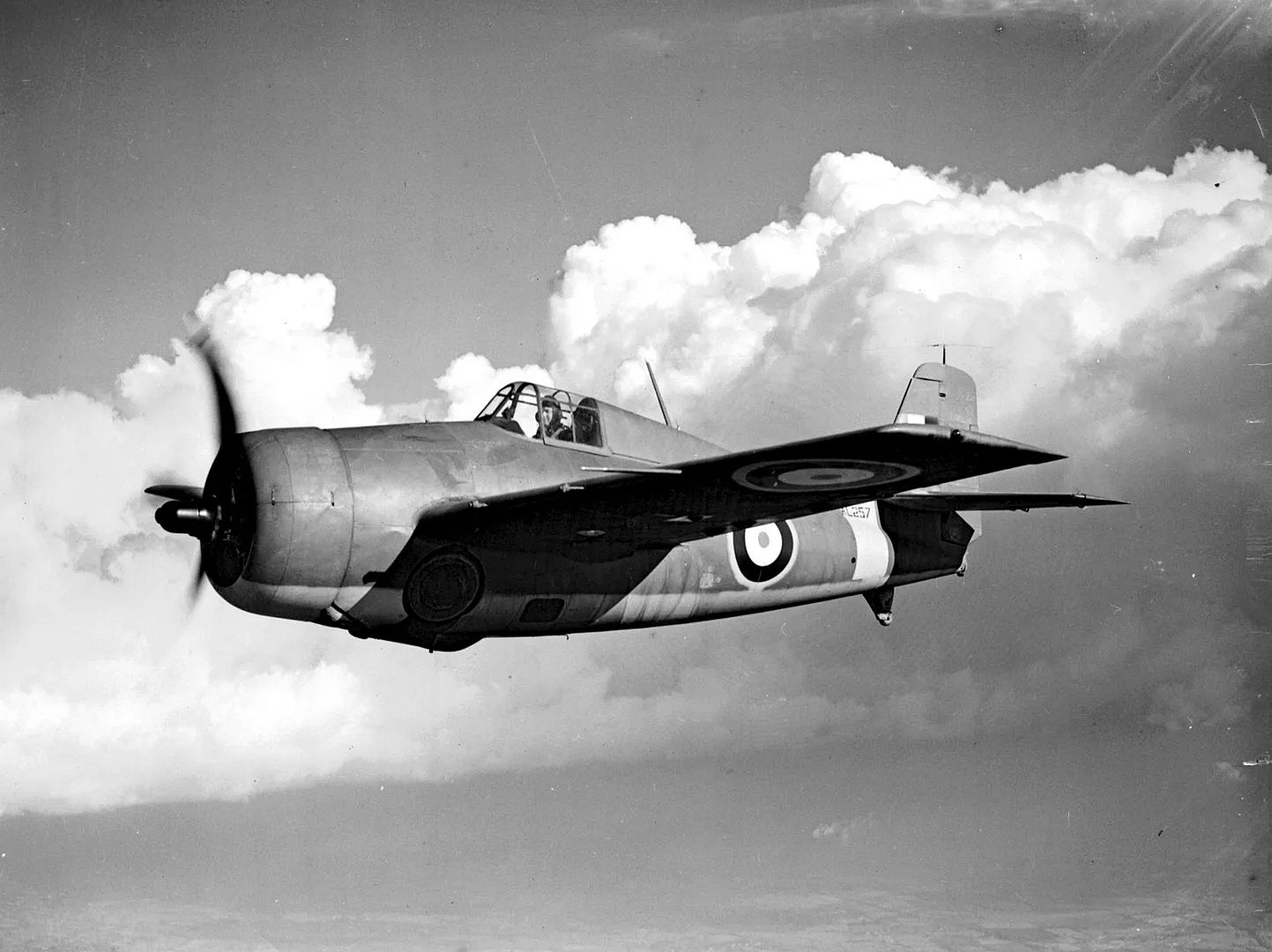
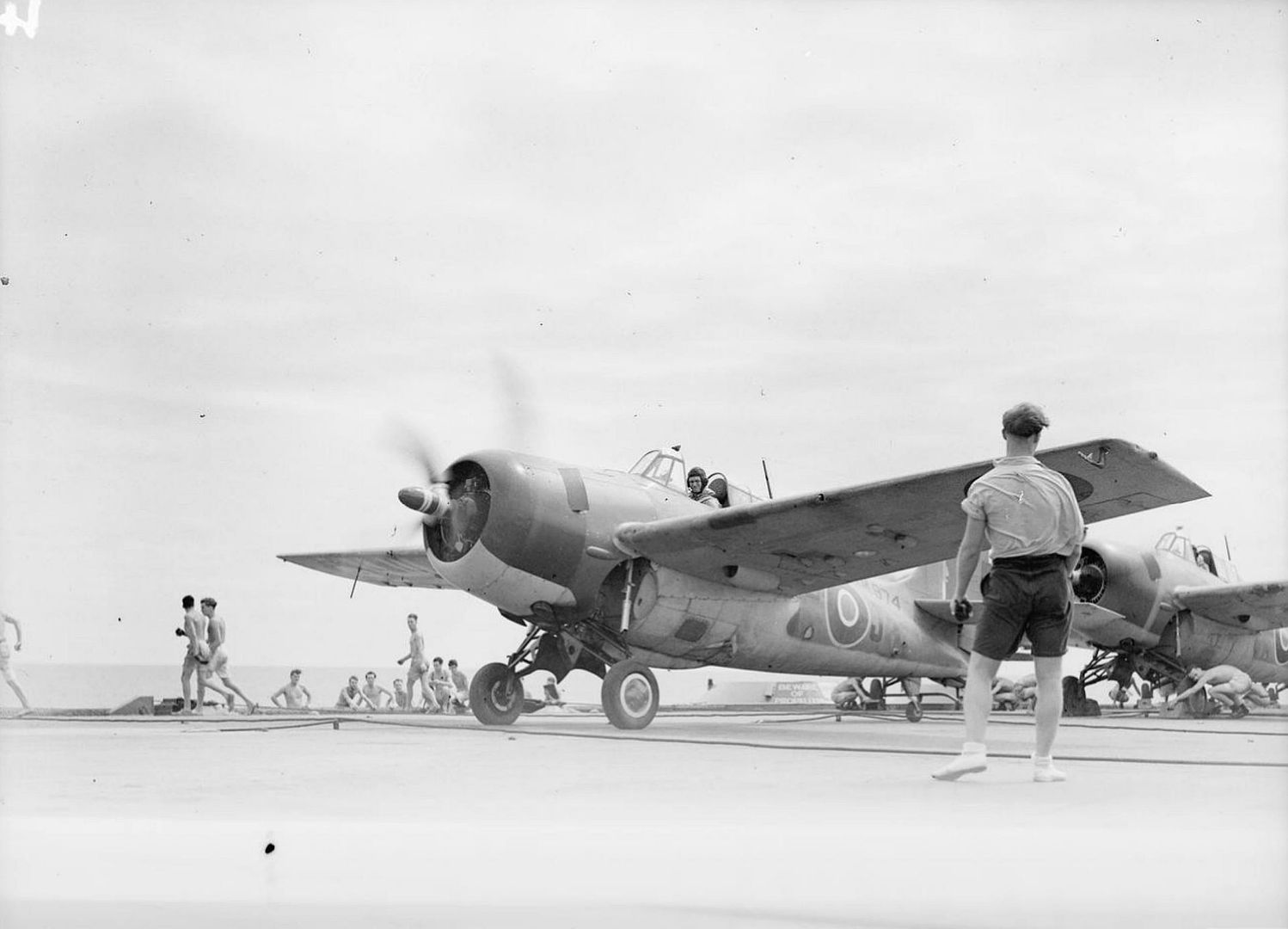


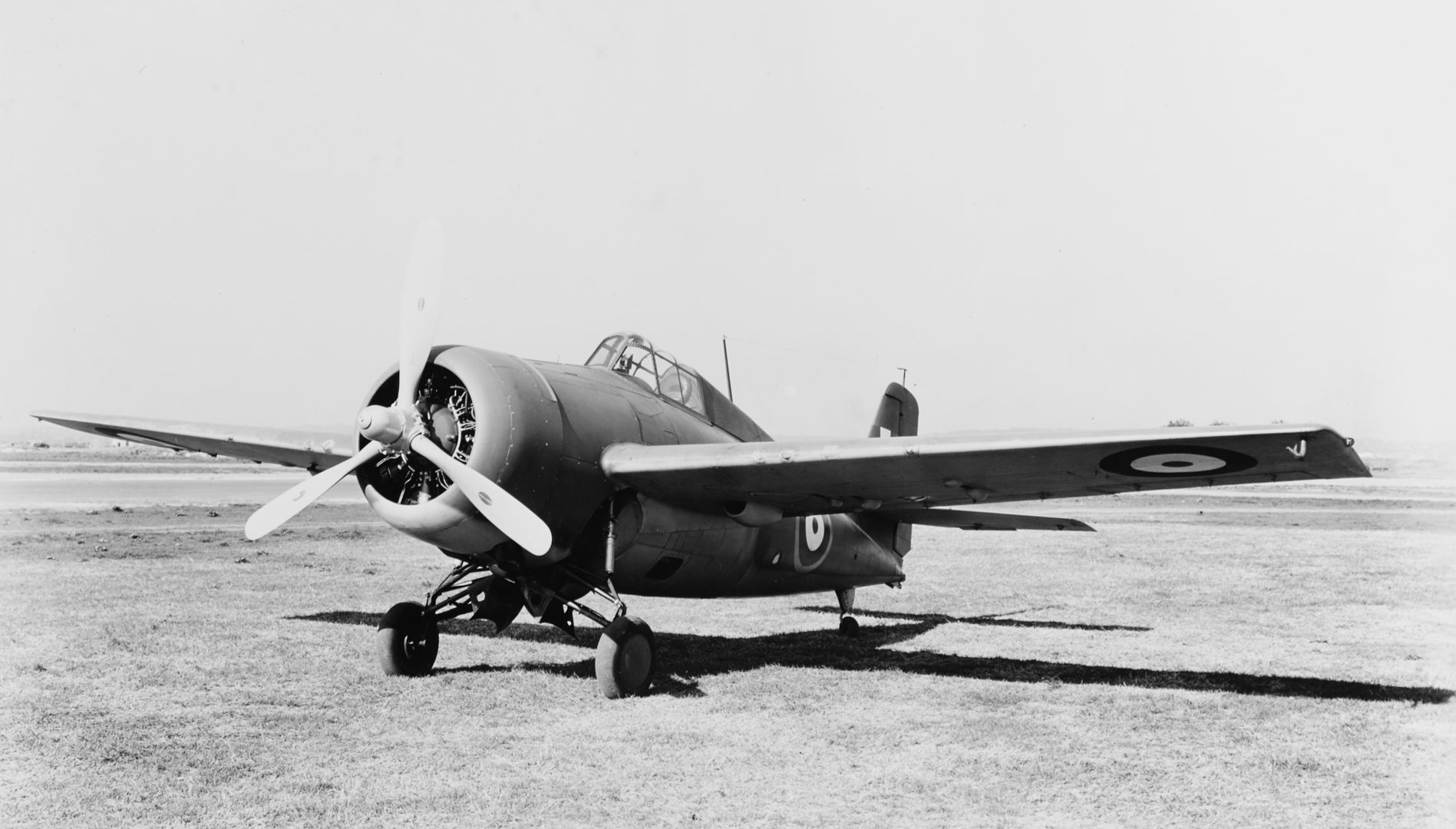

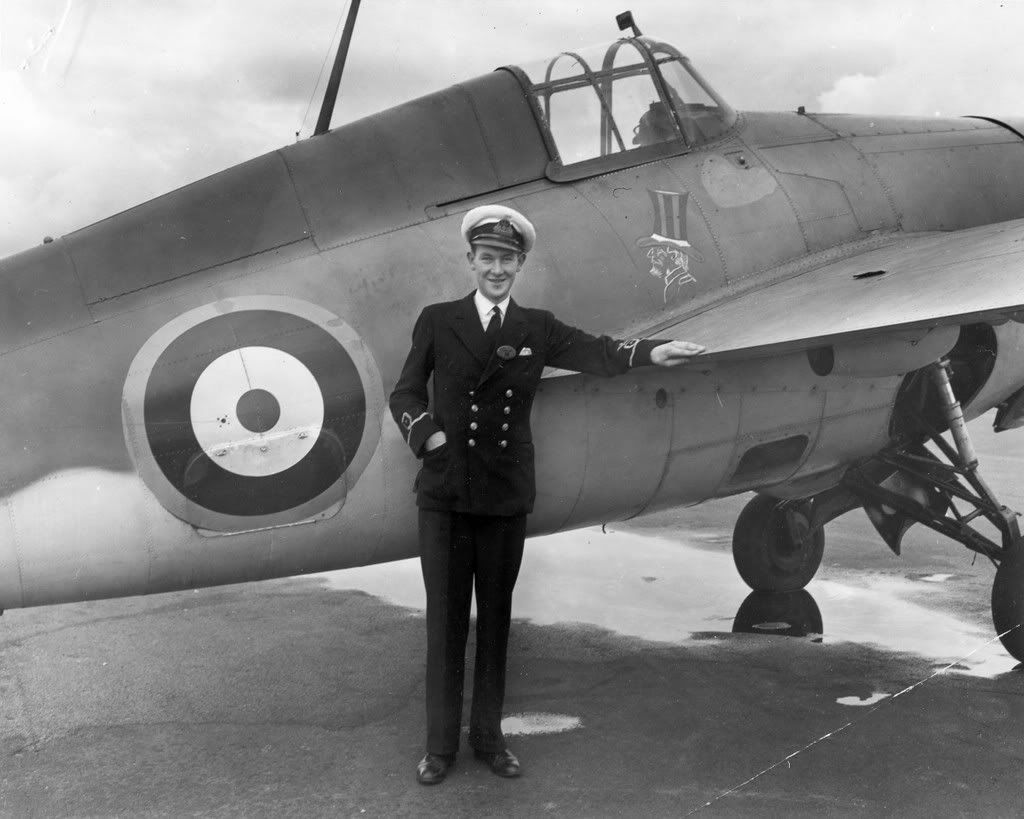
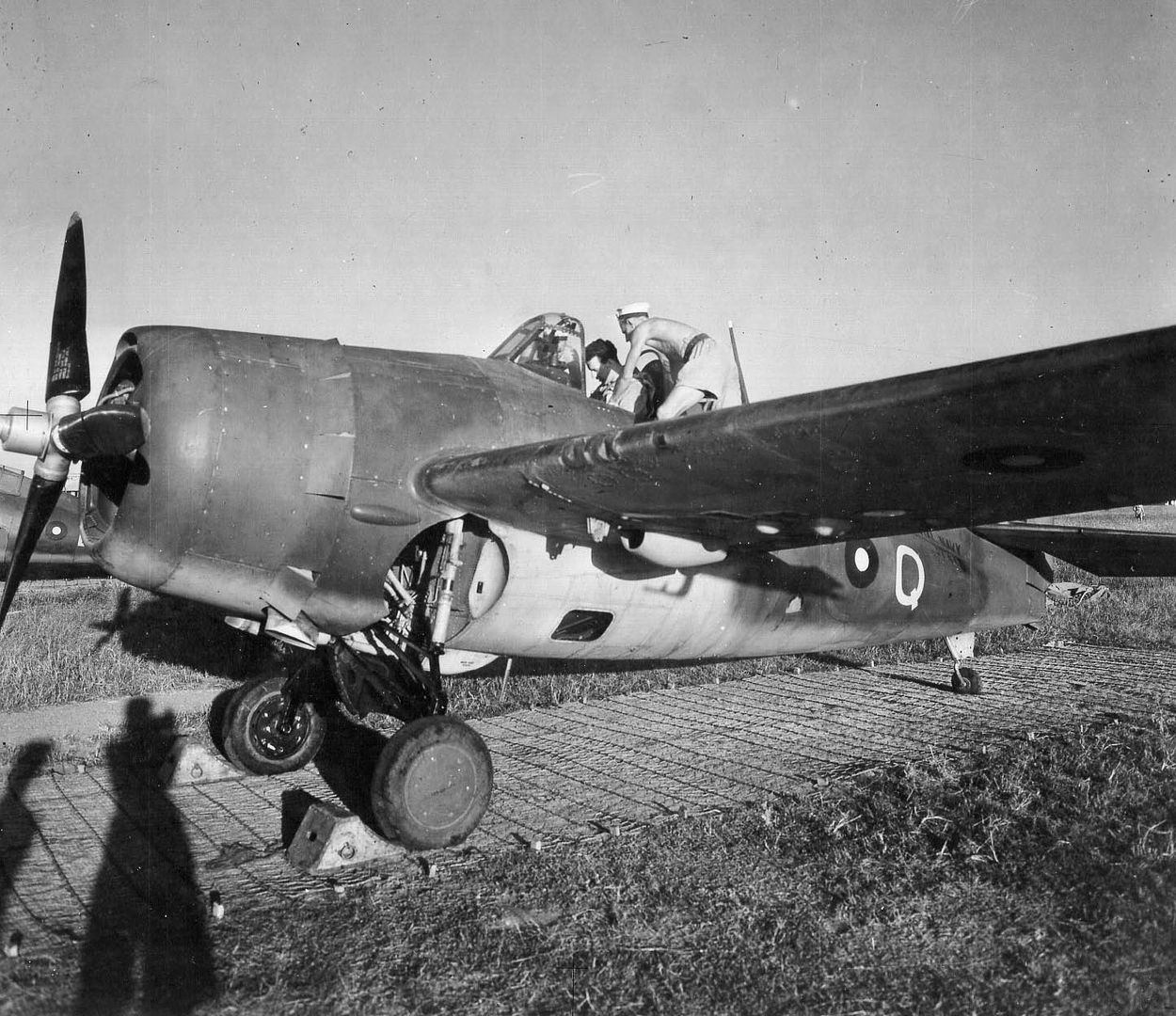
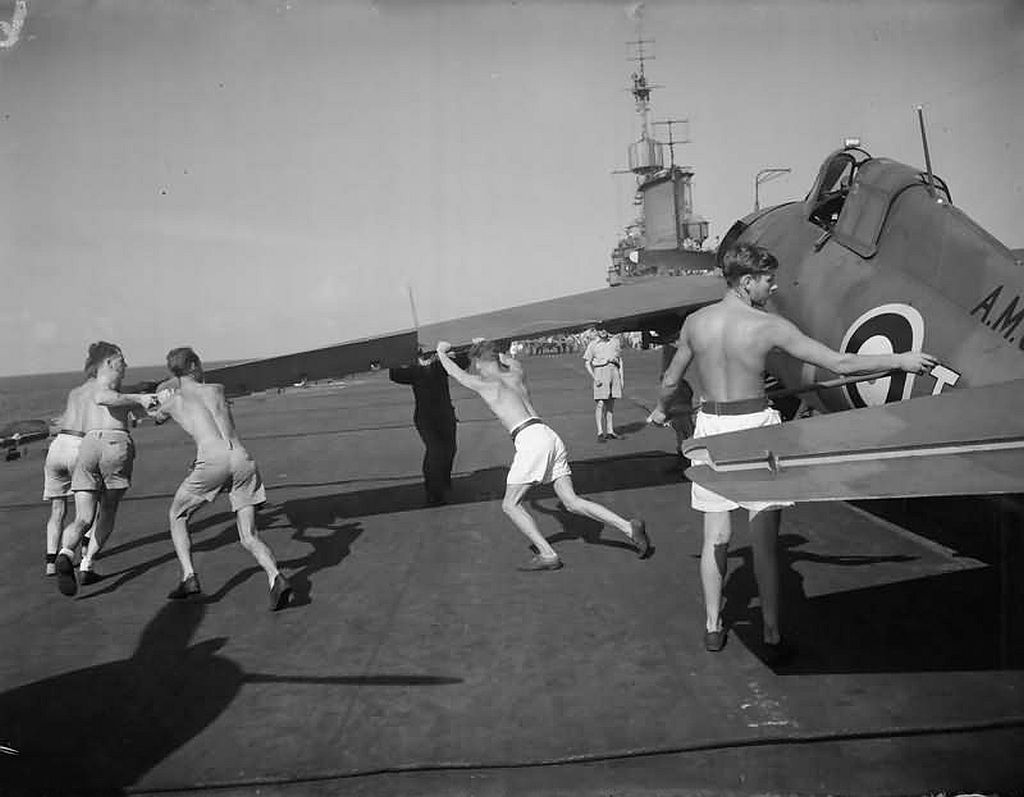
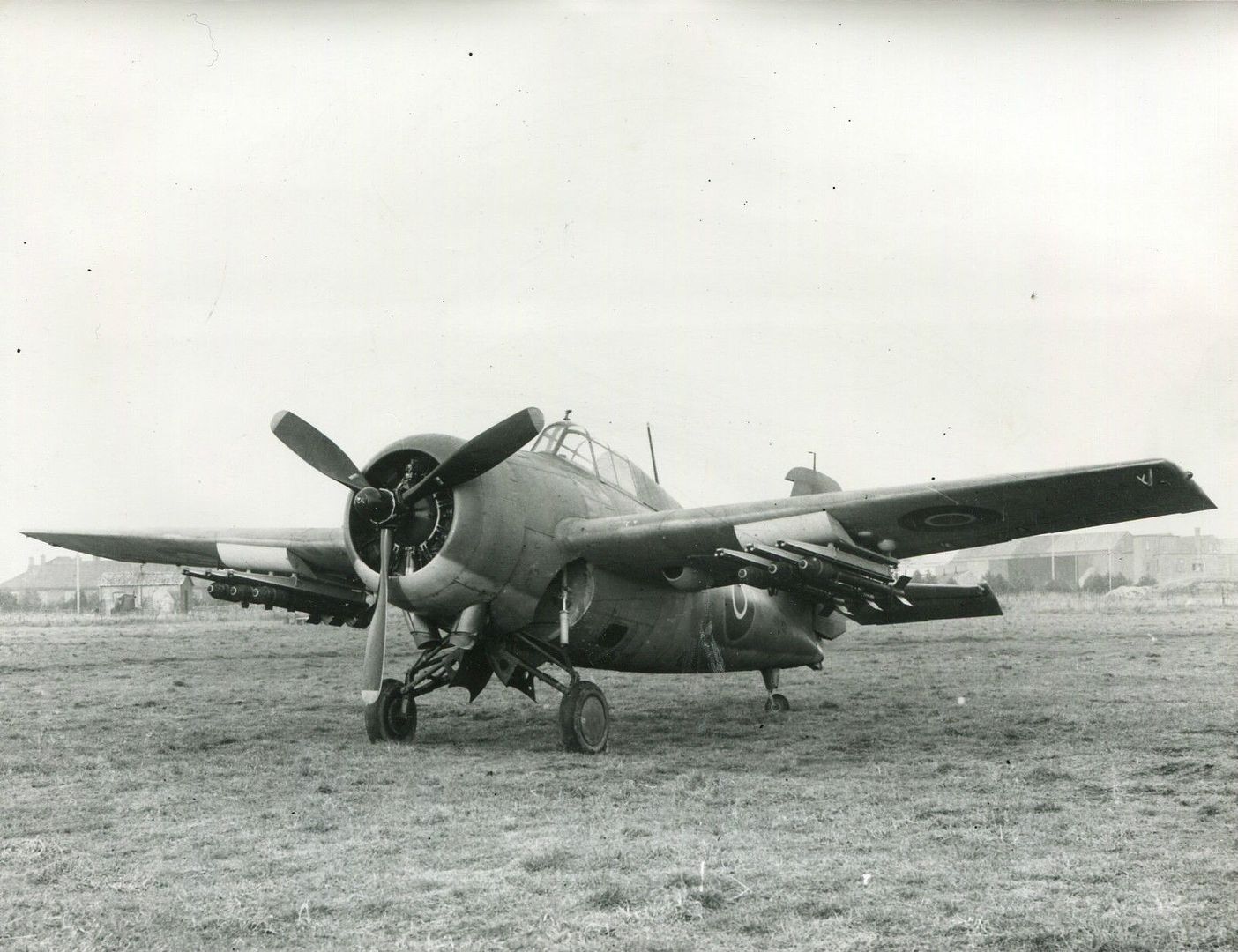
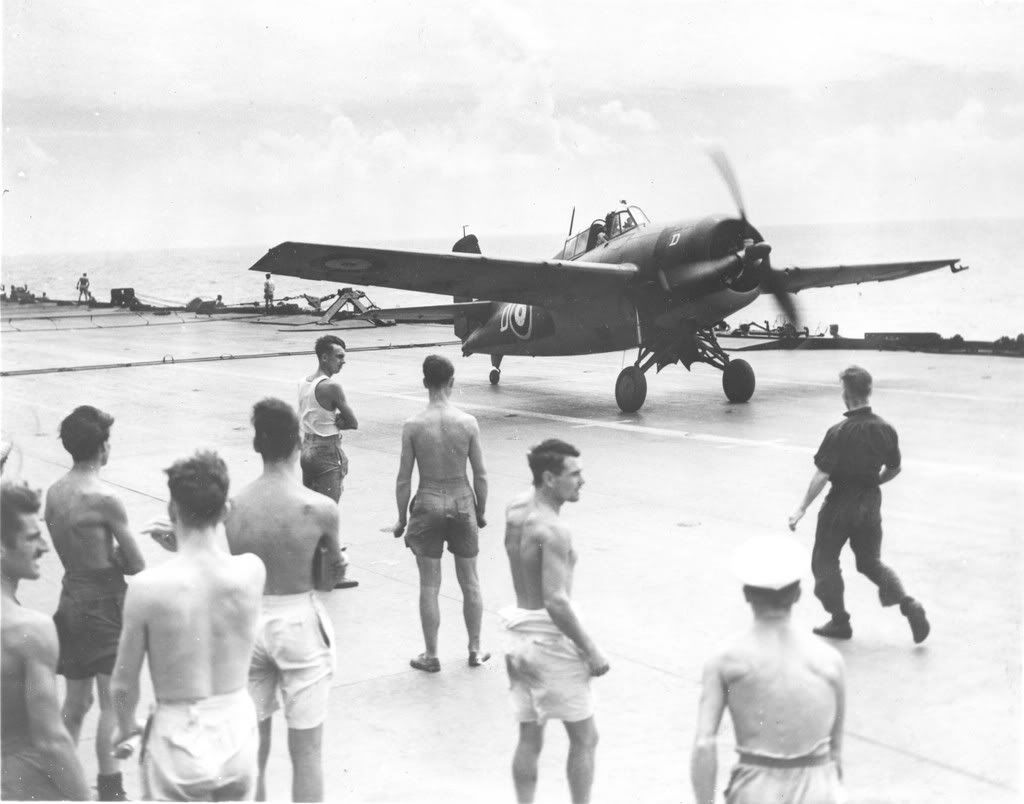
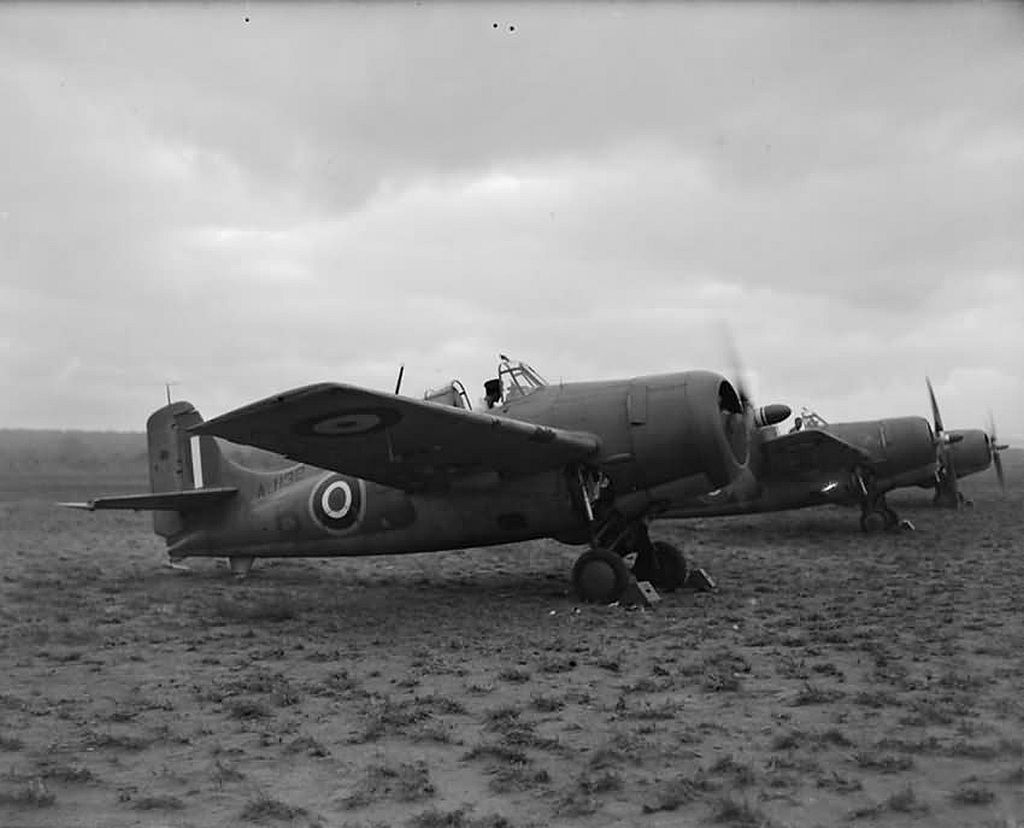

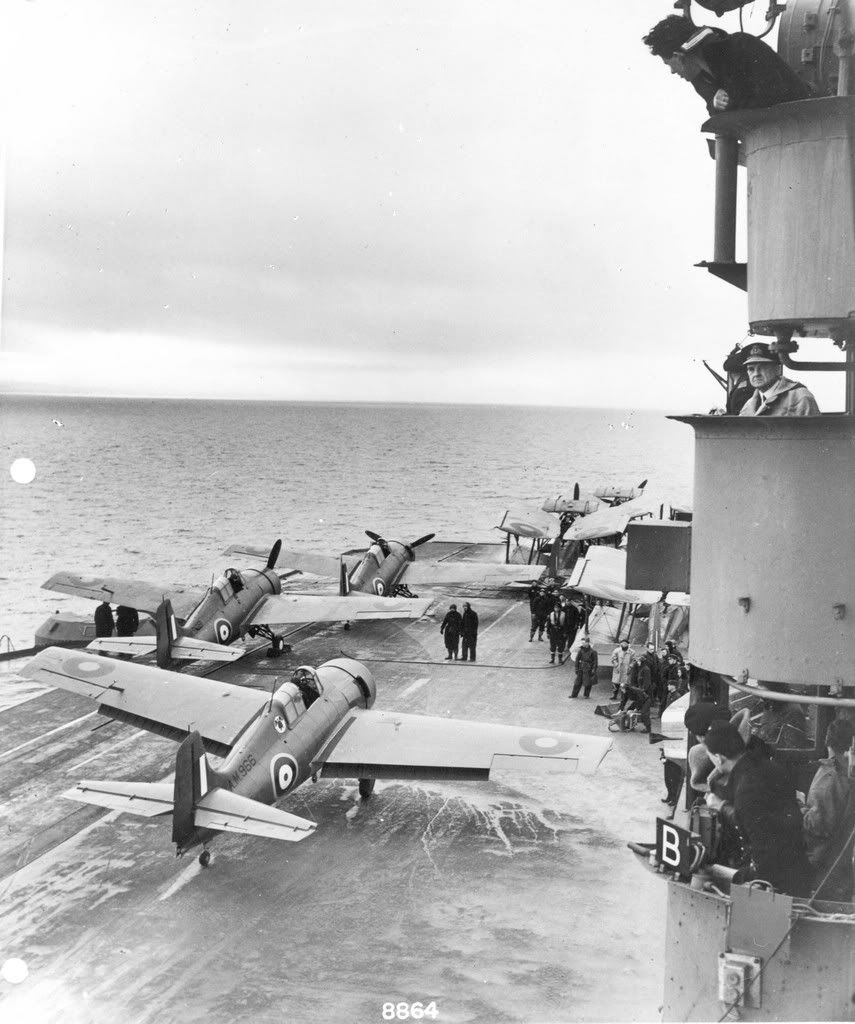
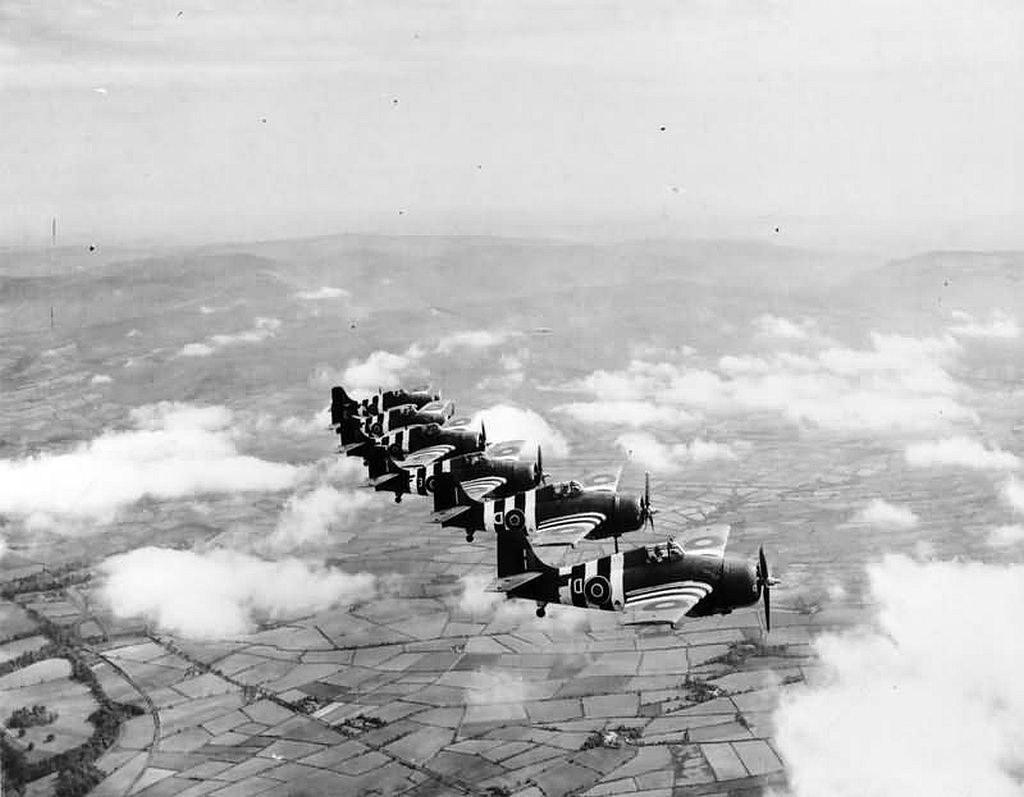
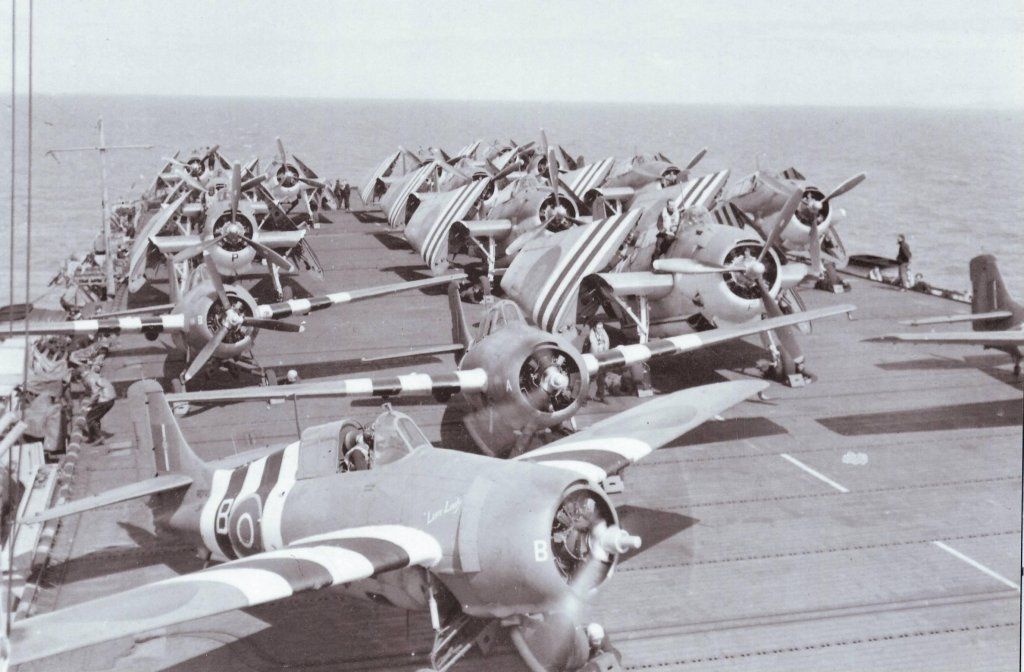


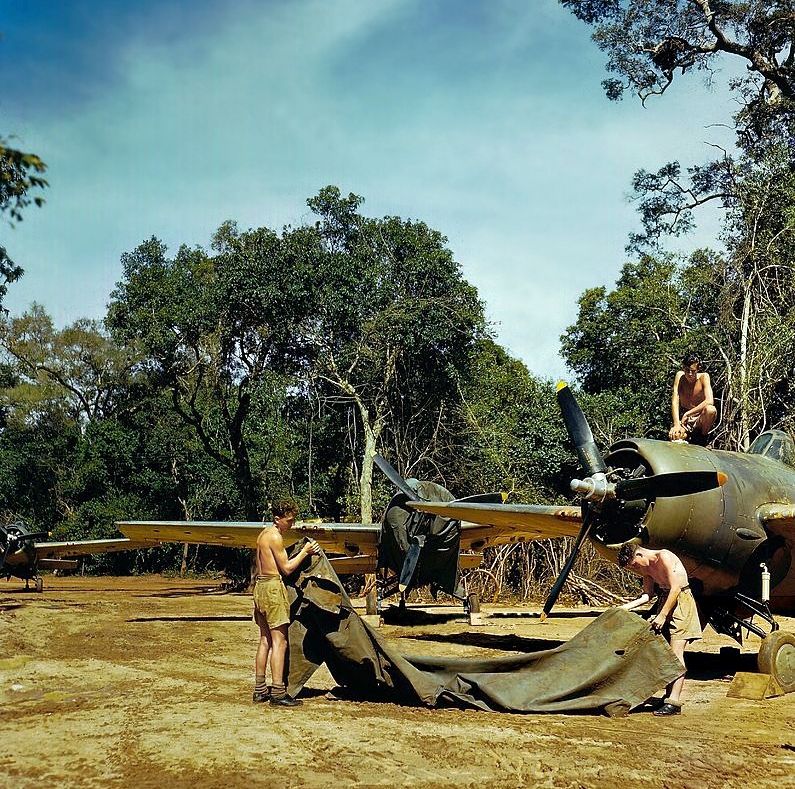
spec metric english
_____________________ _________________ _______________________
wingspan 11.58 meters 38 feet
wing area 24.15 sq_meters 260 sq_feet
length 8.76 meters 28 feet 9 inches
height 2.81 meters 9 feet 2 inches
empty weight 2,610 kilograms 5,755 pounds
max loaded weight 3,610 kilograms 7,950 pounds
maximum speed 510 KPH 320 MPH / 280 KT
service ceiling 12,000 meters 39,400 feet
range 1,240 kilometers 770 MI / 670 NMI
_____________________ _________________ _______________________
Post a reply
- Go to Previous topic
- Go to Next topic
- Go to Welcome
- Go to Introduce Yourself
- Go to General Discussion
- Go to Screenshots, Images and Videos
- Go to Off topic
- Go to Works in Progress
- Go to Skinning Tips / Tutorials
- Go to Skin Requests
- Go to IJAAF Library
- Go to Luftwaffe Library
- Go to RAF Library
- Go to USAAF / USN Library
- Go to Misc Library
- Go to The Ops Room
- Go to Made in Germany
- Go to Campaigns and Missions
- Go to Works in Progress
- Go to Juri's Air-Raid Shelter
- Go to Campaigns and Missions
- Go to Works in Progress
- Go to Skinpacks
- Go to External Projects Discussion
- Go to Books & Resources
